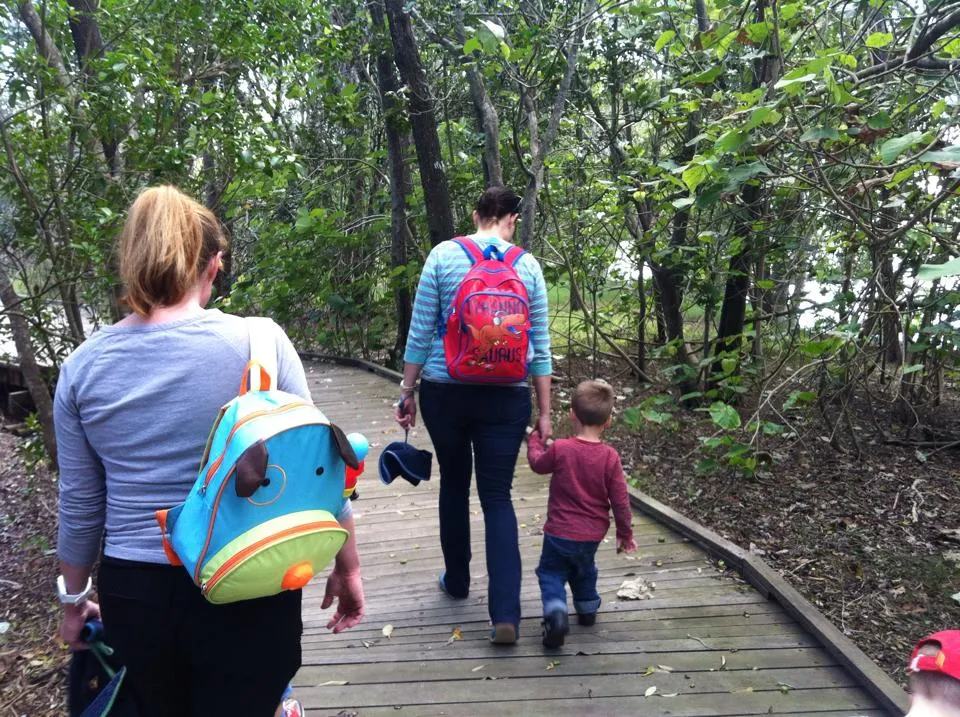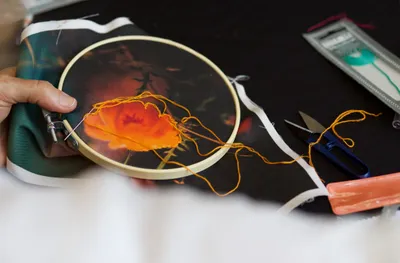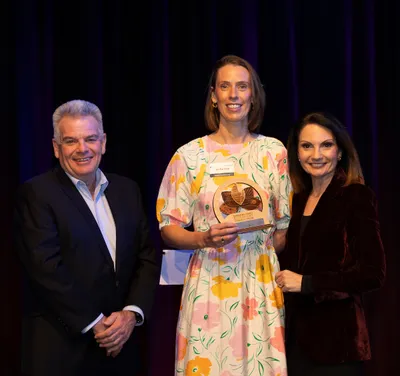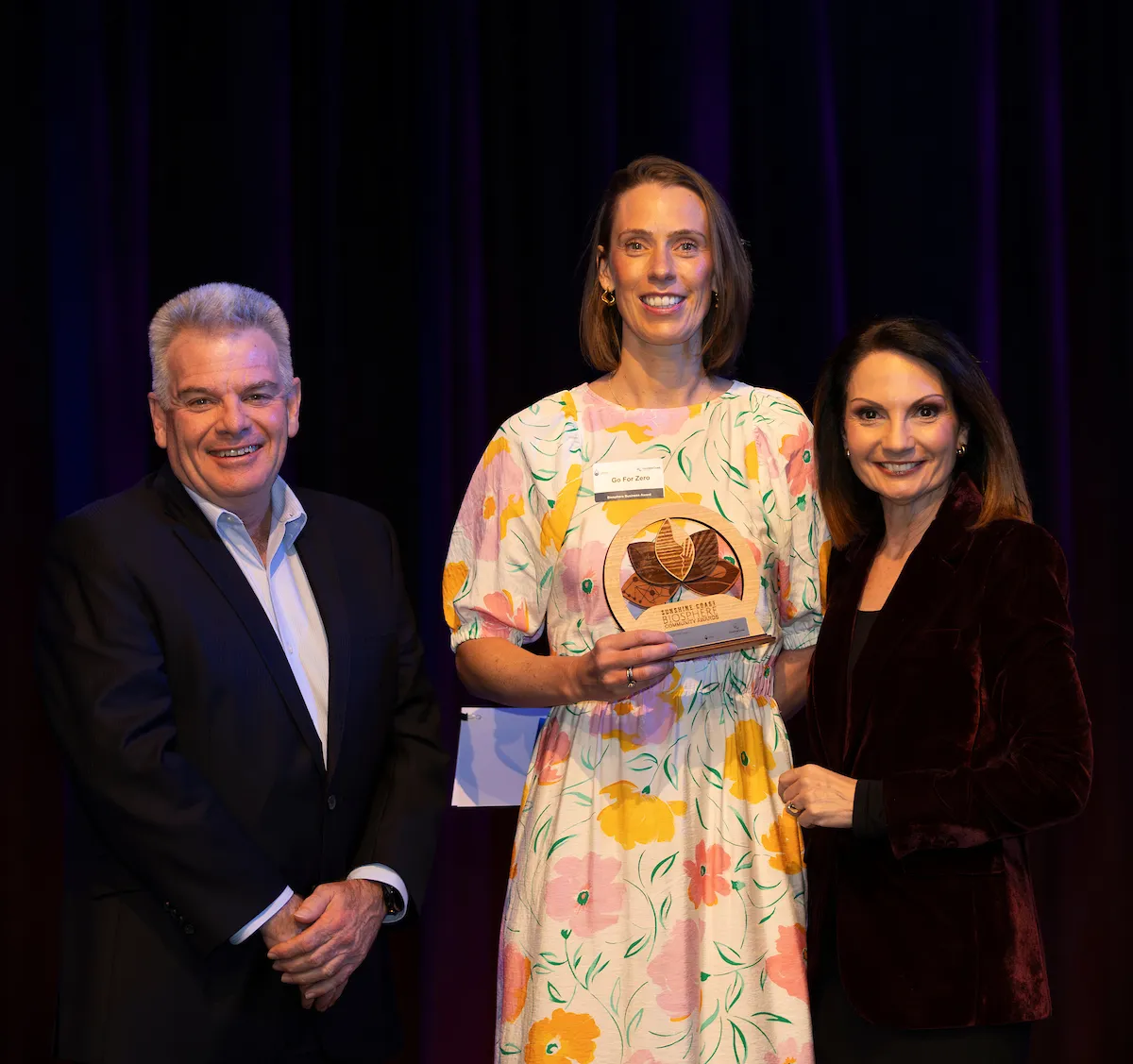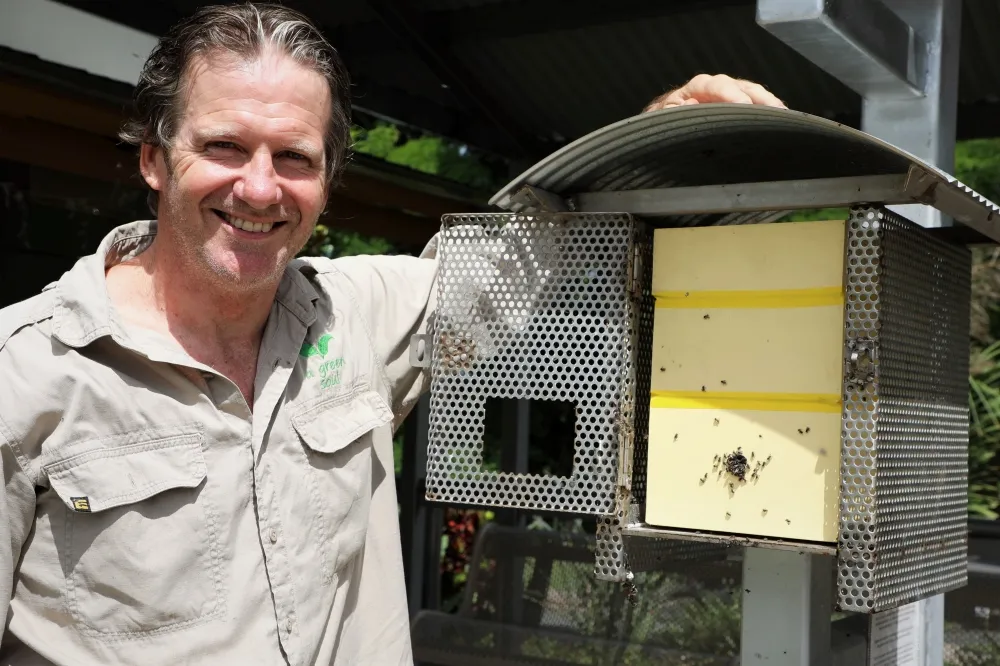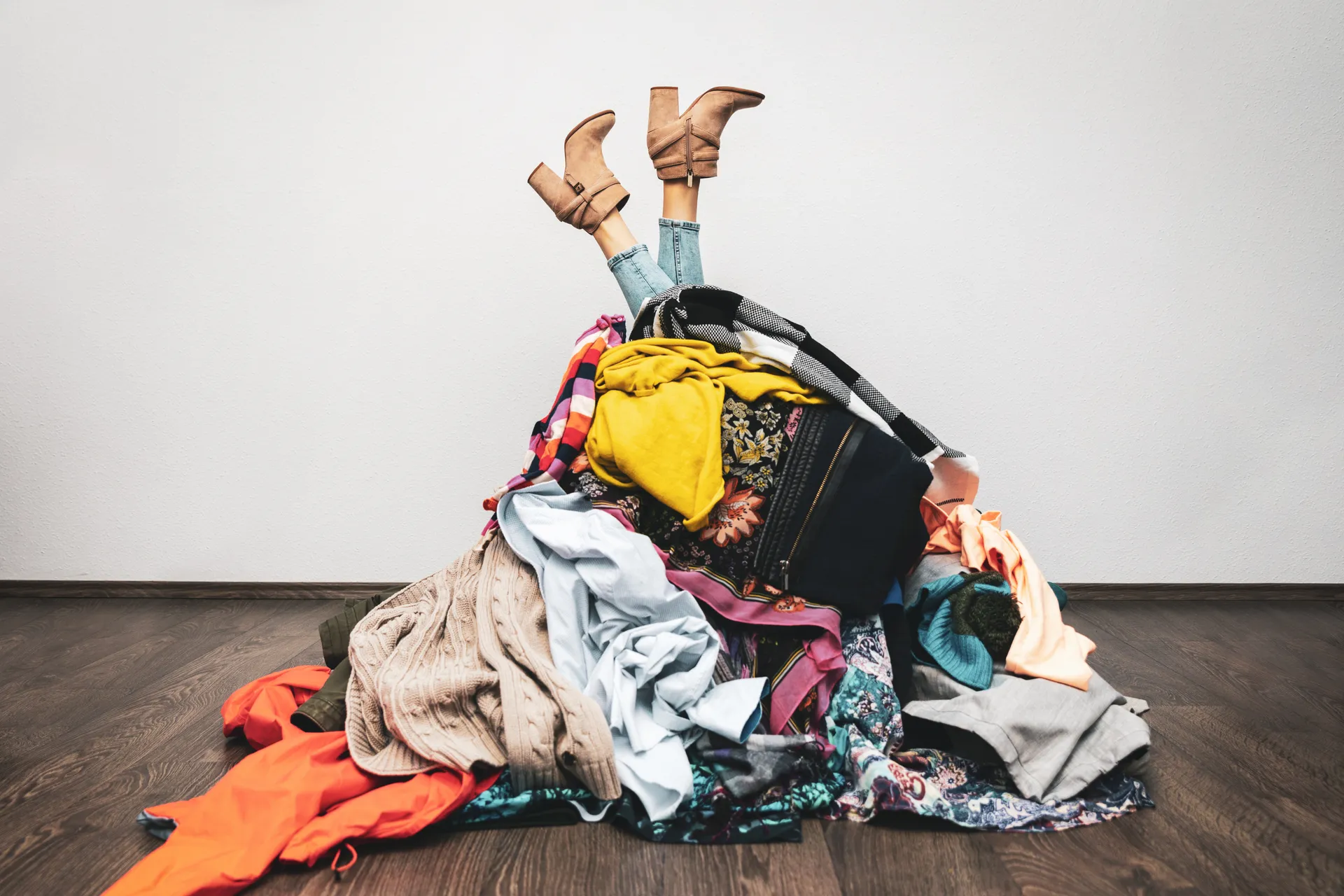Discover the Wetlands Sanctuary
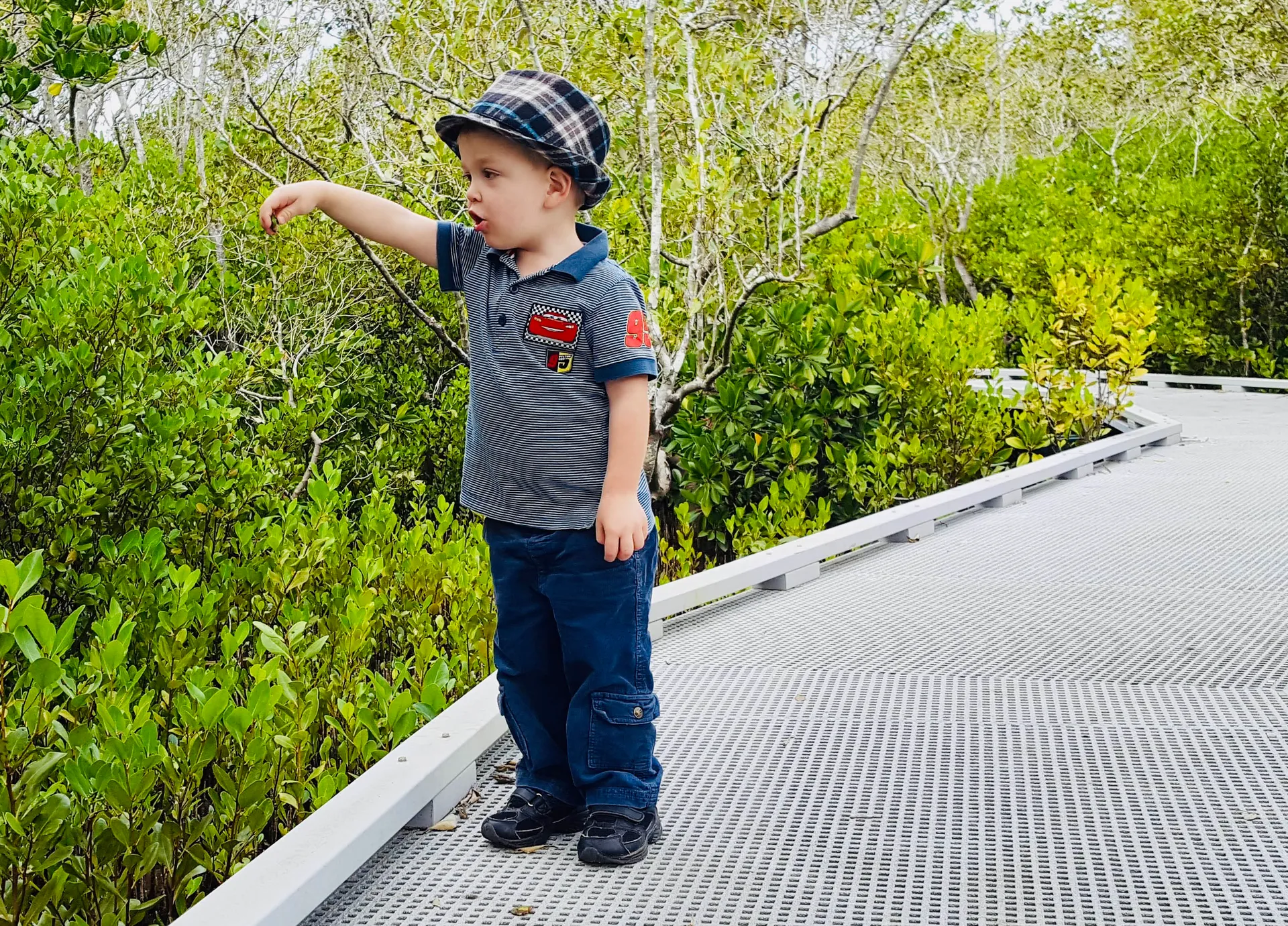
Pack a picnic, take a stroll and find out why our mangroves are so important.
Winter is the perfect time to visit the sanctuary. The 2m wide boardwalk is perfect for prams and wheelchairs and with a shelter at the end, it's the perfect place for a picnic by the river.
Look carefully and you might see a Fiddler Crab, a must for any young Octonauts fans.
BUT, these these coastal wonders are more than just picturesque landscapes—they’re essential for our planet’s well-being.
Mangrove Superpowers
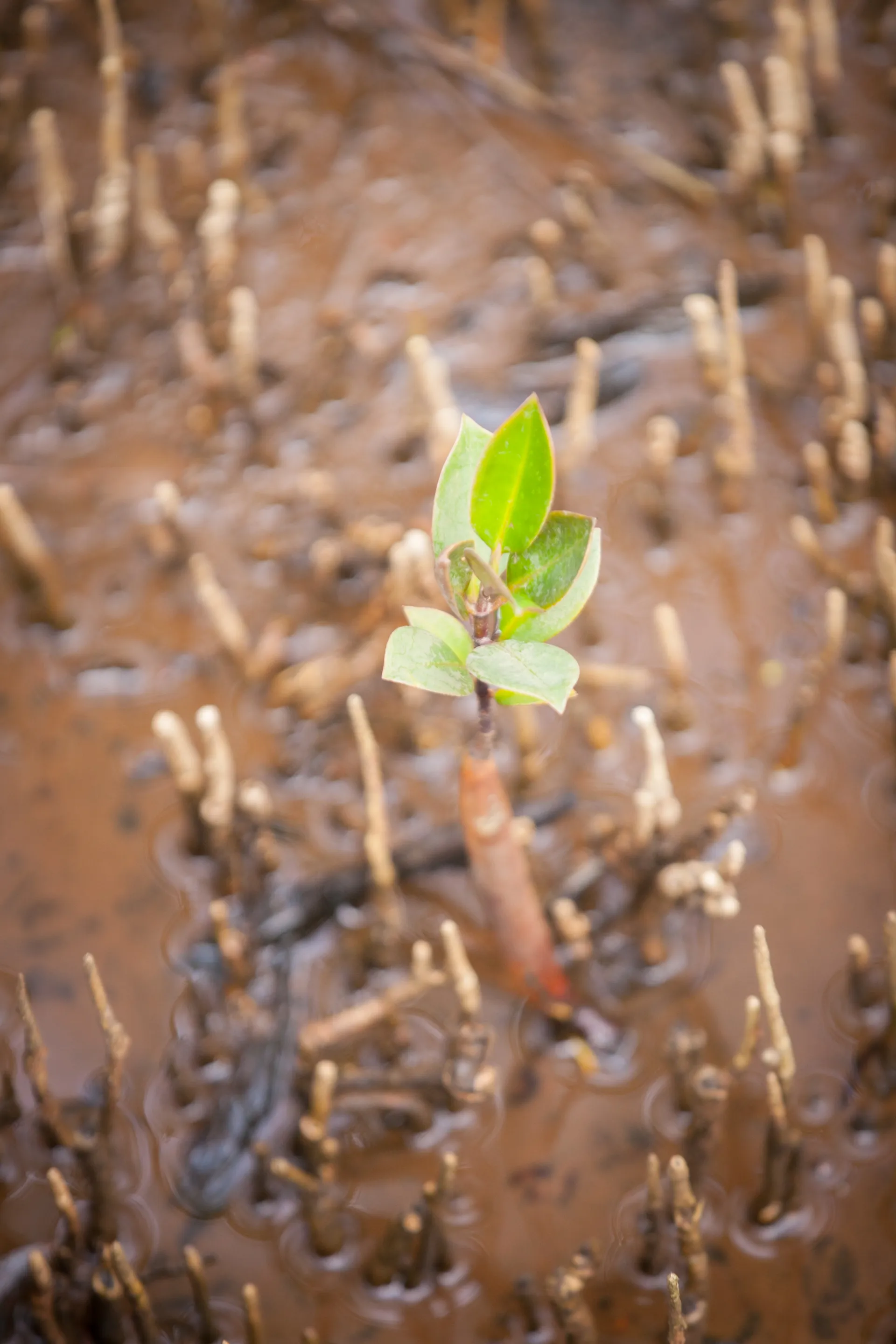
Land Restoration:
Mangroves stabilise coastlines, preventing erosion and creating new habitats for diverse species. By trapping sediments, they contribute to the restoration of degraded coastal lands.
Improving Water Quality
Mangroves trap and filter sediments, heavy metals, and other pollutants from the water, preventing them from reaching the open ocean.
They play a crucial role in nutrient cycling by absorbing excess nutrients, such as nitrogen and phosphorus, from runoff. This helps prevent nutrient overloading, which can cause harmful algal blooms.
The complex root systems of mangroves stabilize sediments, reducing erosion and preventing the re-suspension of sediments that can cloud water and smother marine habitats.
Drought Resilience:
Mangroves support the water cycle, enhancing groundwater recharge and maintaining local hydrology. During dry periods, they ensure better access to water resources for surrounding environments.
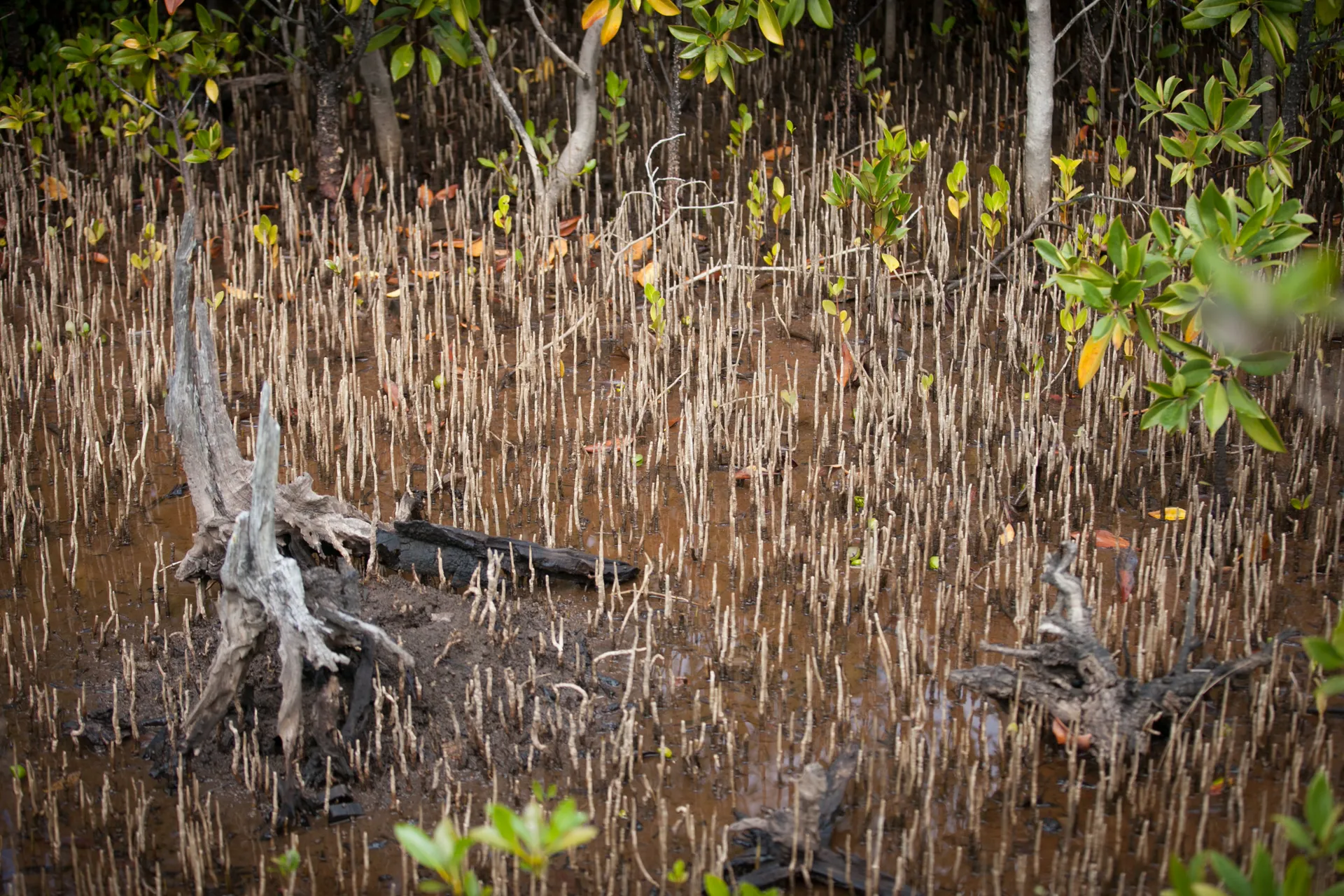
What is that smell?
The strong smell of hydrogen sulphide comes from anaerobic sulphur-reducing bacteria, which love low oxygen conditions.
Mangroves produce around 1kg of litter (the good kind - leaves, twigs, bark, flowers and seeds) per square metre, per year.
This litter provides food for detritus feeders such as worms and crabs, but the real magic happens when fungi and bacteria get stuck in. These micro-organisms produce waste that small crustaceans and fish can eat.
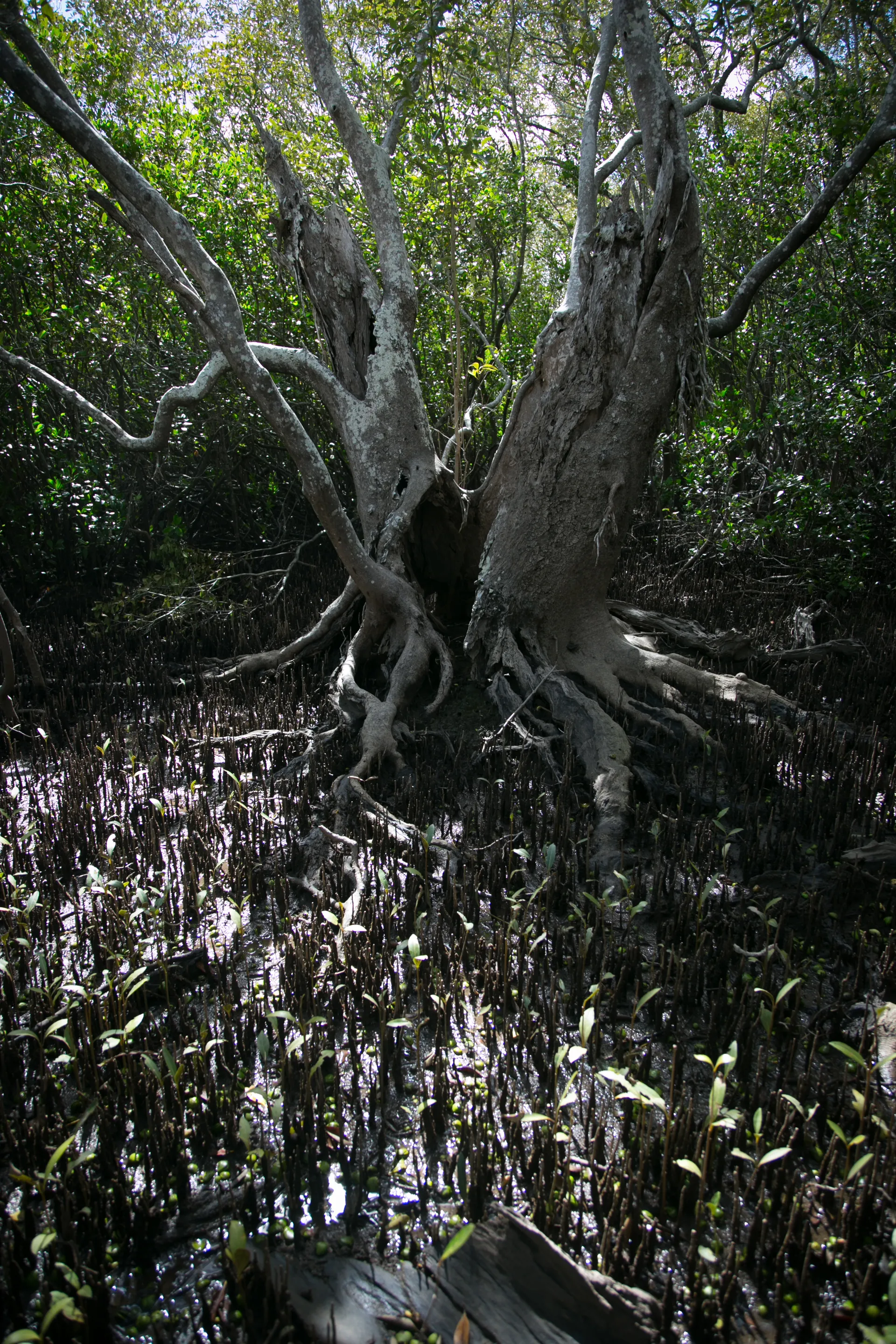
A teaspoon of mud from a North Queensland mangrove contains more than 10 billion bacteria. These densities are among the highest to be found in marine mud anywhere in the world and are an indication of the immensely high productivity of this coastal forest habitat.
How you can help
- avoid walking, riding or driving through mangrove areas at low tide
- dispose of rubbish, oils and chemicals in the correct manner
- report activities harming mangroves by contacting your nearest NSW DPI Fisheries Office or Fishers Watch Hotline on 1800 043 536
- join your local coastal group and help restore your local mangoves like our 2024 Sunshine Coast Biosphere Senior Citizen of the Year, Ken Mewburn
- learn about mangroves at the Maroochy Wetlands Sanctuary .
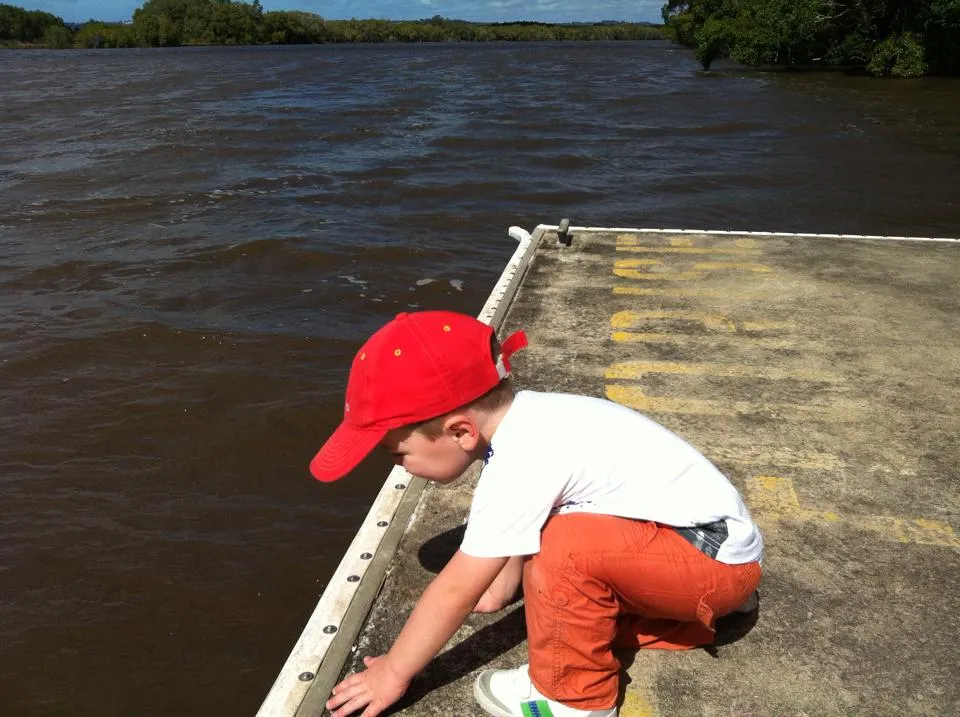
Sunshine Coast Council's efforts align with: Sustainable Development Goals (SDGs)
- SDG 11 : Creating sustainable cities and communities . Protecting coastal communities from storm surges, and erosion, contributing to the safety and resilience of coastal development.
- SDG 13 : Taking climate action through mangrove restoration . Absorbing large amounts of CO2, they contribute to climate change mitigation.
- SDG 14 : Protecting life below water . Providing nursery habitats for fish and other marine species, contributing to biodiversity and sustainable fisheries
- SDG 15 : Promoting life on land . Protecting coastal lands from erosion and enhancing soil quality.
- SDG 17
:
Fostering partnerships for global goals
. Collaboration, resource mobilisation, and technology sharing to ensure effective policy implementation, capacity building, and financial support.
Find out more
at the Marine Education Society of Australasia
Categories:
